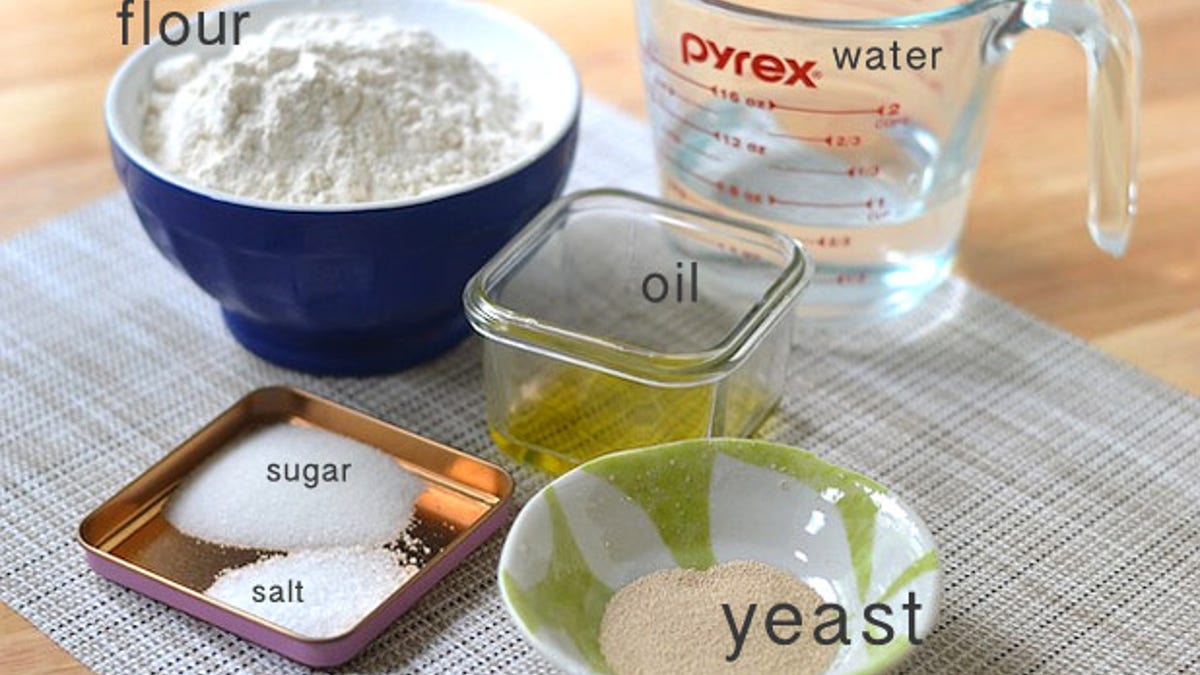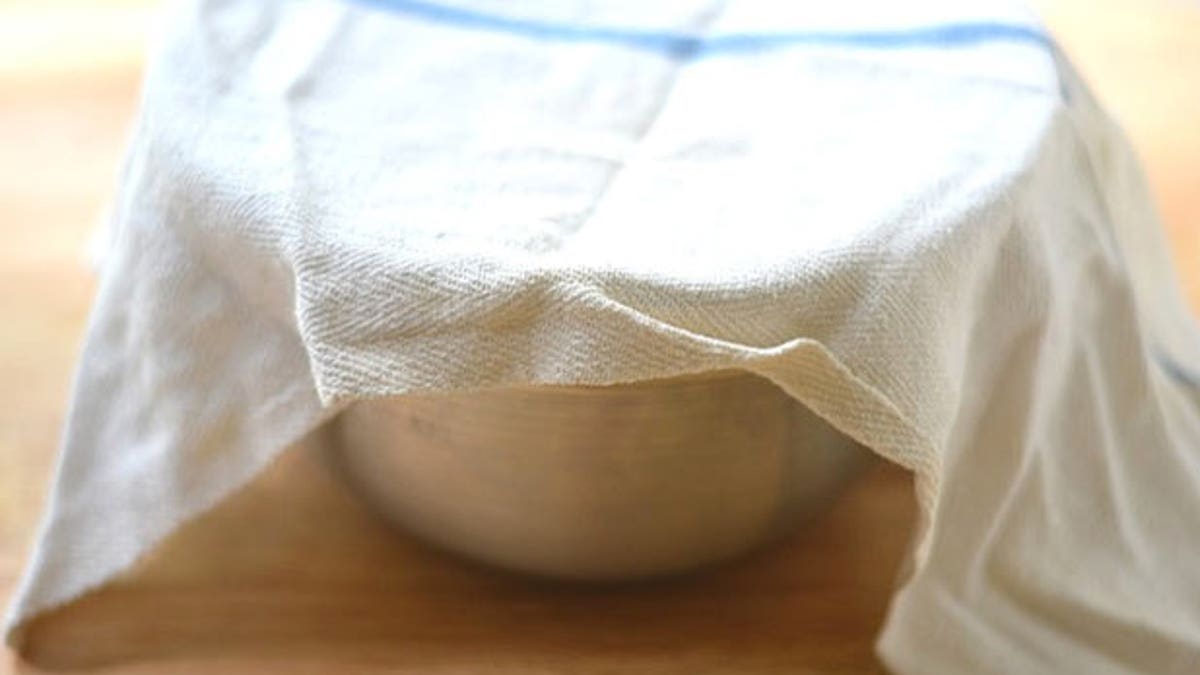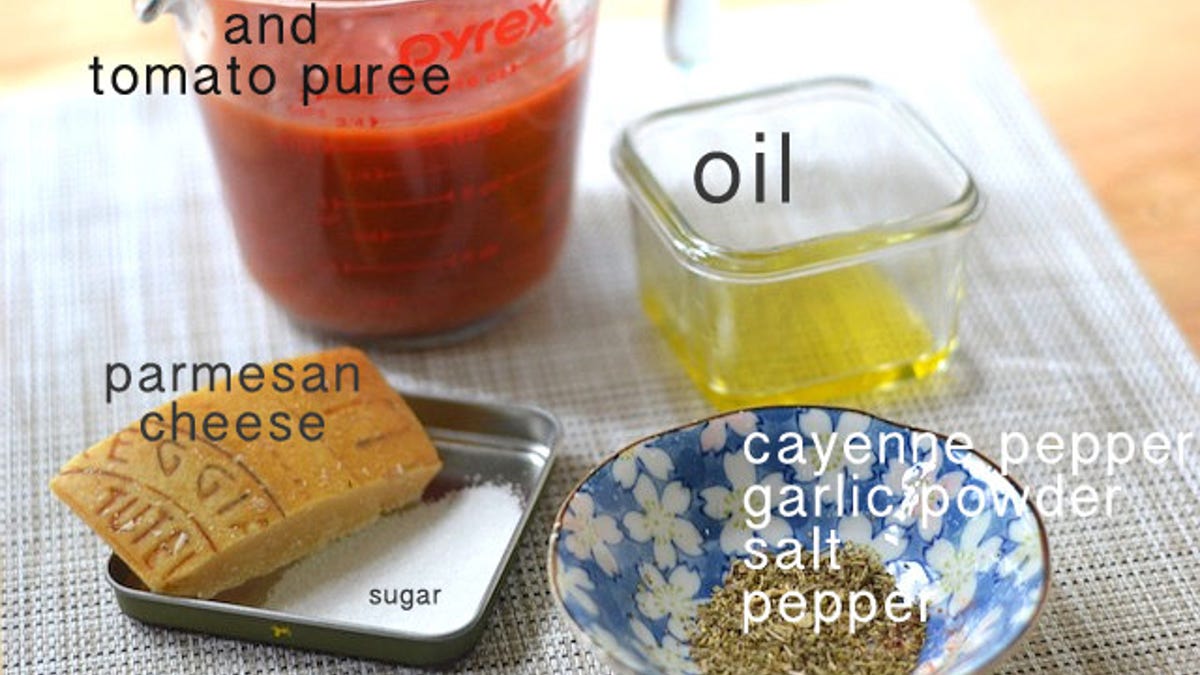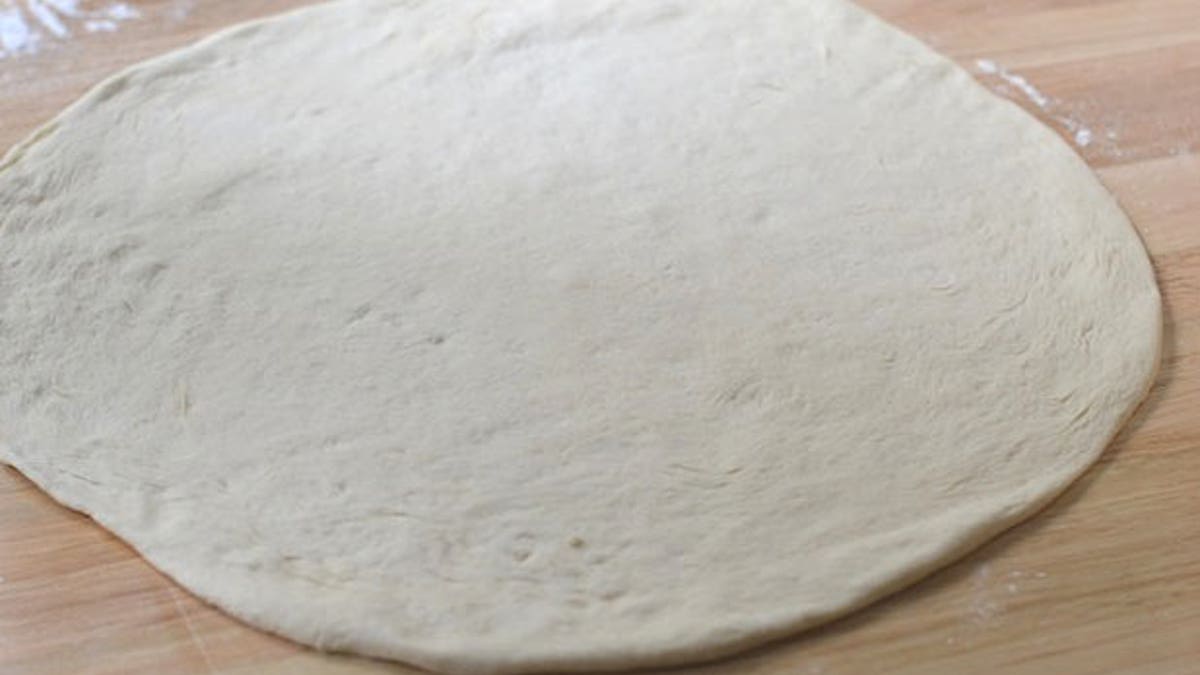As a New Yorker, I catch a lot of flak when I tell people I like Domino’s pizza. Living in a city where some of the best pizza in the country is just around the corner from my apartment, people find it hard to believe that I’d stoop to such a level, not to mention doing so as a person who is deeply passionate about food, cooking, and the quality of ingredients. But I need everyone to hear me out.
It’s not that I love Domino’s, and that I’d eat anything and everything on their menu. There’s one thing in particular that I like from Domino’s; one thing and one thing only that makes me confident enough to be able to say, "Yes, I am ordering Domino’s for dinner tonight."
That one thing is their thin crust.
To put it in perspective, ordering a thin-crust pizza from Domino’s is like ordering fries from McDonald’s for me. It’s a unique and distinctive menu item that only tastes the way it does if it arrives in a red and blue speckled box that took less than 10 minutes to arrive from the time I ordered it. It’s indescribably thin, its sauce is rich and flavorful, and the cheese is always hot and shiny, and it always pulls. The last thing I’ll mention is the bite: it’s not soft or doughy, like a good old-fashioned pizza is. The thin crust is crunchy and thin, and it snaps off like a cracker whenever you sink your teeth into it.
Eating a Domino's thin-crust pizza is an irreplaceable experience that I just don’t get anywhere else, not even at places under the name of Joe’s, Di Fara, or Patsy’s here in New York City. And if you're thinking that it sounds like I just like bar pie-style pizza lot, which is the thin-crust pizza that's baked in two stages in a gas oven, then you should know that not even those prevent me from ordering Domino's. So, you see, I don’t like Domino’s because I think that it’s a quality brand or that they’re particularly talented at what they do. I like their thin-crust pizza.
Here’s the problem, though. When you look on Domino’s nutrition "guide" and scan the ingredients that go into various pieces of their pies, you see words like dextrose leavening, sodium bicarbonate, and citric acid. Interestingly enough, when asked about the thin-crust pizza and how one could ever make one at home, a consultant for Domino’s told me that it would be pretty hard to do, because their crust is pre-made and shipped to the stores, so not even the employees would be able to tell you what goes into it, no matter how hard you tried to get it out of them.
The concerning mysteries surrounding the nutrition of the pizza, and, well, some of those judging looks I get every time I admit to eating one, eventually made me want to try to make one at home. I knew it wouldn’t be easy, because as I said before, Domino’s thin-crust pizza is a distinctively unique dish that only tastes the way it does because it’s Domino’s, but I decided to give it a try.
I had a little help with my recipe. With research and studying the chemistry of dough and baking, I was able to determine how to get that thin, cracker crust. The sauce, though, is less about structure and more about taste, and when I was doing my research, I learned that our friend Todd Wilbur, expert recipe cloner, had already done some of the legwork for me. Wilbur replicated a Domino’s pizza on his show Top Secret Recipe, and to do this he visited Domino’s headquarters in Ann Arbor, Mich., and developed a recipe with the help of a food scientist from University of Michigan. In the end, he won the challenge, and fooled one judge in a blind taste test. Luckily for me, he agreed to share his recipe.
Besides the crust and the sauce, there’s the cheese. One thing I learned to accept while developing this recipe is that I wouldn’t be able to replicate that gloss the cheese on a Domino’s pizza has, because essentially that gloss is synthetic. Putting that behind me, I decided to try for another distinctive trait of the cheese, those tiny, green speckles of herbs that you can see below the cheese, on top of the cheese, and in between the cheese. This thin-crust pizza recipe is pretty good. In fact, I was able to get Domino’s haters to agree that it was pretty delicious. It’s crunchy, cheesy, and riddled with flavor and herbs. Most importantly, it’s all natural, and when you take a bite you can be sure you know what every single ingredient is and what they do to your body.
It still doesn’t taste like Domino’s, though — I mean, how can it? — but I’m not too sure that’s such a bad thing.
1. Dough Ingredients

(Emily Jacobs)
As I mentioned, the crust of this pizza is unique. No, it’s not just that it’s thin (duh), but it’s crunchy and hard, and breaks off like a cracker when you bite into it. To get a hard, crunchy crust, I used high-protein bread flour, because the more protein in flour, the harder and firmer the dough will be. The rest of the ingredients are typical, all-natural, pizza dough ingredients that you see in most recipes.
2. Resting

(Emily Jacobs)
Like with all kinds of dough, the dough needs to rest so that the yeast can do its work. The more the yeast has a chance to grow, the firmer the dough will be, so this pizza dough needs to rest overnight in the refrigerator.
3. Pizza Sauce

(Emily Jacobs)
The pizza sauce was a no-brainer, because if cloner Todd Wilbur was able to fool a Domino’s pizza employee with it, we considered ourselves fooled, too. He includes crushed tomatoes, tomato purée, and a plethora of herbs in his sauce, and he simmers it with sugar so that it gets nice and thick. We made one slight change, though, and that was the addition of Parmesan cheese, for just a touch more flavor.
4. Thin Crust

(Emily Jacobs)
The best way to get a pizza crust really thin is to sheet the dough into the pan, which is done by most professionals using a dough roller. I wasn’t about to go out and buy an industrial dough roller, though, and I’m sure you’re not either. You’ll be fine rolling the dough with a rolling pin; just make sure to get it to about 1/8 of an inch thick, and use flour for dusting so that more of it is incorporated into the dough, which helps make the crust thick and hard.
See all steps at The Daily Meal
More from The Daily Meal
How to Make the Perfect Fried Chicken
Make White Castle Sliders At Home
